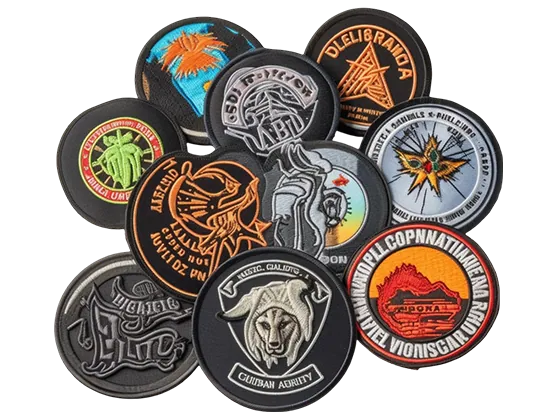In protecting residences and commercial establishments from hurricanes, not all materials are equal. Old favorites, such as plywood boards and metal shutters, have been the standard choices for years, but recent innovations have elevated safety to a higher level. One of the top-performing materials that has gained significant attention in recent years is Kevlar. Reputed for its use in bulletproof jackets and military equipment, Kevlar’s strength, lightness, and toughness are qualities that make it a suitable option for storm protection. But how does Kevlar work so well for hurricane protection, and how does it stack up with other systems? Let’s explore further.
What Makes Kevlar Unique
Kevlar is an artificial fiber initially created by DuPont in the 1960s. Its durability lies in compactly woven polymer chains that are resistant to impact and stretching. While it’s famously used in protective clothing, manufacturers have adapted this material for home safety applications. Today, Kevlar hurricane panels are becoming an increasingly popular choice among homeowners in storm-prone areas.
These panels are constructed to resist high-velocity winds and airborne debris, two of the most hazardous aspects of hurricanes. Kevlar panels are lightweight, flexible, and simple to install compared to standard shutters or heavy metal systems, which are the reasons they are not only highly effective but also convenient to use.
Kevlar vs. Traditional Hurricane Barriers
One of the most significant drawbacks of conventional hurricane shutters is their weight and the storage requirements they necessitate. Metal shutters are heavy, and plywood is not only weighty but also tends to warp and become water-damaged. In contrast, Kevlar panels are thin but extremely strong, providing the same, if not superior, levels of protection.
Another benefit is visibility and light. Kevlar hurricane panels can be semi-transparent, allowing natural light to pass through while keeping homes secure. This minimizes the appearance of being “boarded up” and creates more comfortable indoor living conditions during prolonged storm events.
The Role of Kevlar in Hurricane Protection
For homeowners seeking hurricane protection in Florida, Kevlar is a contemporary solution that prioritizes both safety and accessibility. Florida has one of the highest hurricane risks in the United States, with intense storms hitting the beaches year-round. Homeowners need to strike a balance between adequate protection and accessibility, particularly when storms form within hours.
Kevlar panels are a good choice here since they are simple to deploy and can be stored tightly when not in use. Most systems are designed for fast installation, allowing residents to prepare their homes within minutes rather than hours. This is particularly significant in Florida, where time is usually of the essence before evacuation orders are given.
Why Kevlar Is Considered the Gold Standard
Several reasons set Kevlar apart as the ideal material for storm protection:
Incomparable strength-to-weight ratio: Five times stronger than steel on an equal weight basis.
- Shock resistance: It resists and disperses the force of flying objects more effectively than any other option.
- Lightweight ease: Installers don’t have to do any heavy lifting or bring out special tools.
- Long-term durability: Kevlar never rusts like metal and is resistant to moisture and UV exposure.
Conclusion
In hurricane-susceptible areas, selecting the most suitable protective system can be the difference between minor damage and utter loss. Although conventional shutters and plywood remain viable options, new technologies, such as Kevlar hurricane panels, are rapidly redefining the level of protection. For homeowners in Florida seeking trusted hurricane protection, Kevlar offers a formidable combination of strength, ease of use, and longevity that is difficult to match.
By investing in Kevlar technology, homeowners not only safeguard their property but also gain peace of mind for the next storm season. As severe weather events become more frequent, materials such as Kevlar will likely remain at the forefront of advanced hurricane protection.



